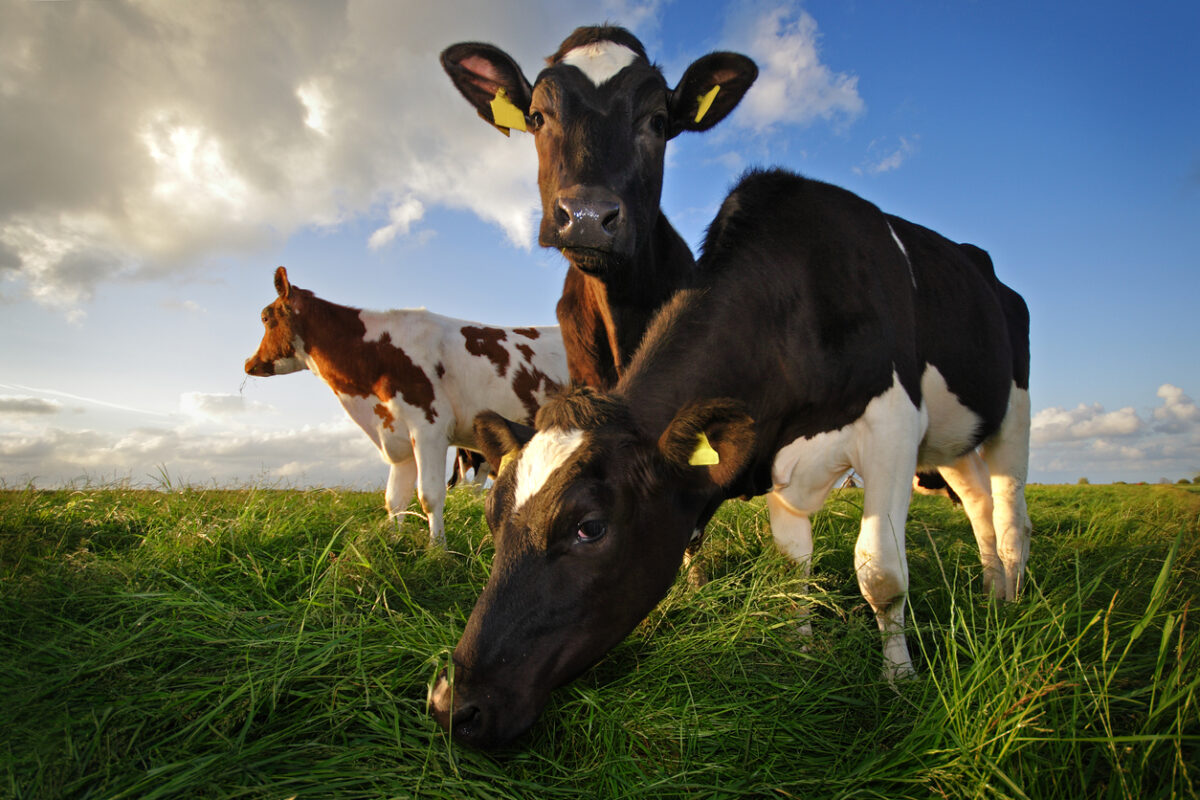Farmers in Ireland may cull cattle to meet emissions targets

Ireland may decide to cull its cattle to meet the climate goals laid out in the country’s Climate Action Plan.
Ireland’s agriculture industry is currently tasked with reducing greenhouse gas emissions by a quarter by 2030 in order to reduce overall carbon emissions by 50% by the same year and achieve net zero by 2050.
In December 2021, the number of cattle in the country rose by 1.8% to 6.6 million, outnumbering the 4.9 million people living in Ireland.
Agriculture currently makes up approximately 37.5% of CO2 emissions in the country and methane emissions are the highest per capita of all EU member states, due to the high level of beef production.
Last month, the Food Vision Dairy Group – a consortium examining ways for the Irish dairy sector to meet climate targets – considered a compensation payment of up to €5,000 per cow for farmers for killing cows.
The Department of Agriculture has estimated that 45,000 tonnes of carbon dioxide could be removed from the atmosphere for every 10,000 cows culled.
Such calls to limit emissions are a stark contrast to government advice from 2015, which called for an increase in dairy farming to make the most of the EU ending its milk production caps. For those farmers who previously invested large sums of money into expansion, the pressure to scale back to reduce emissions will be challenging.
Pat McCormack, President of the Irish Creamery Milk Suppliers Association said: “ICMSA has repeatedly stressed that if we are to move forwards together towards the new low-emissions farming and primary food production now set as policy, then the ambitions and targets must be possible and achievable.
“If the historic process and transition is to win the confidence that will be necessary for it to succeed, then it simply must be realistic. If it is not realistic – and 25% is not realistic – then the whole process loses all momentum, trust and confidence.”
The Irish government has not made cattle culling compulsory, but it could be the only way to meet the emission targets, McCormack told Euronews.green. “We see them culling through the back door… through the nitrates regulation,” he said. The regulation McCormack refers to is the Nitrates Directive, which aims to protect water quality from agricultural pollution.
The agricultural sector has already integrated several more environmentally friendly practices to reduce emissions, such as the use of ruminant feed additives, low-emission slurry spreading techniques and protected urea, he adds.
More needs to be done to reduce emissions, but with a growing population, the reduction of food production in Ireland is a “last resort”, concluded McCormack.
Sustainable agriculture means moving away from intensive farming practices. Find out how the Netherlands is changing the future of the food system in this Food Matters Live Podcast episode:








